From their new bases in northern Illyria and Pannonia, the Gallic invasions climaxed in the early 3rd century BC, with the invasion of Greece. The 279 BC invasion of Greece proper was preceded by a series of other military campaigns waged toward the southern Balkans and against the kingdom of Macedonia.
A part of the invasion crossed over to Anatolia and eventually settled in the area that came to be named after them, Galatia.
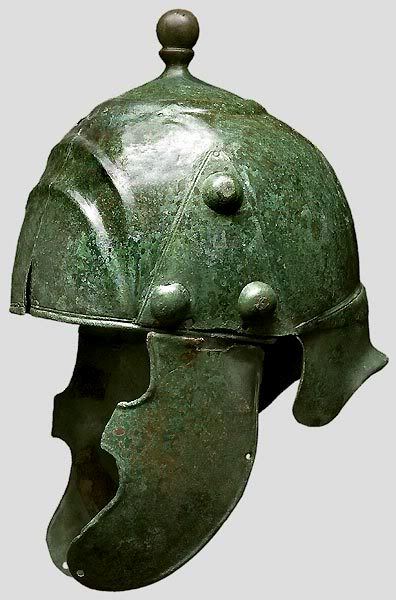
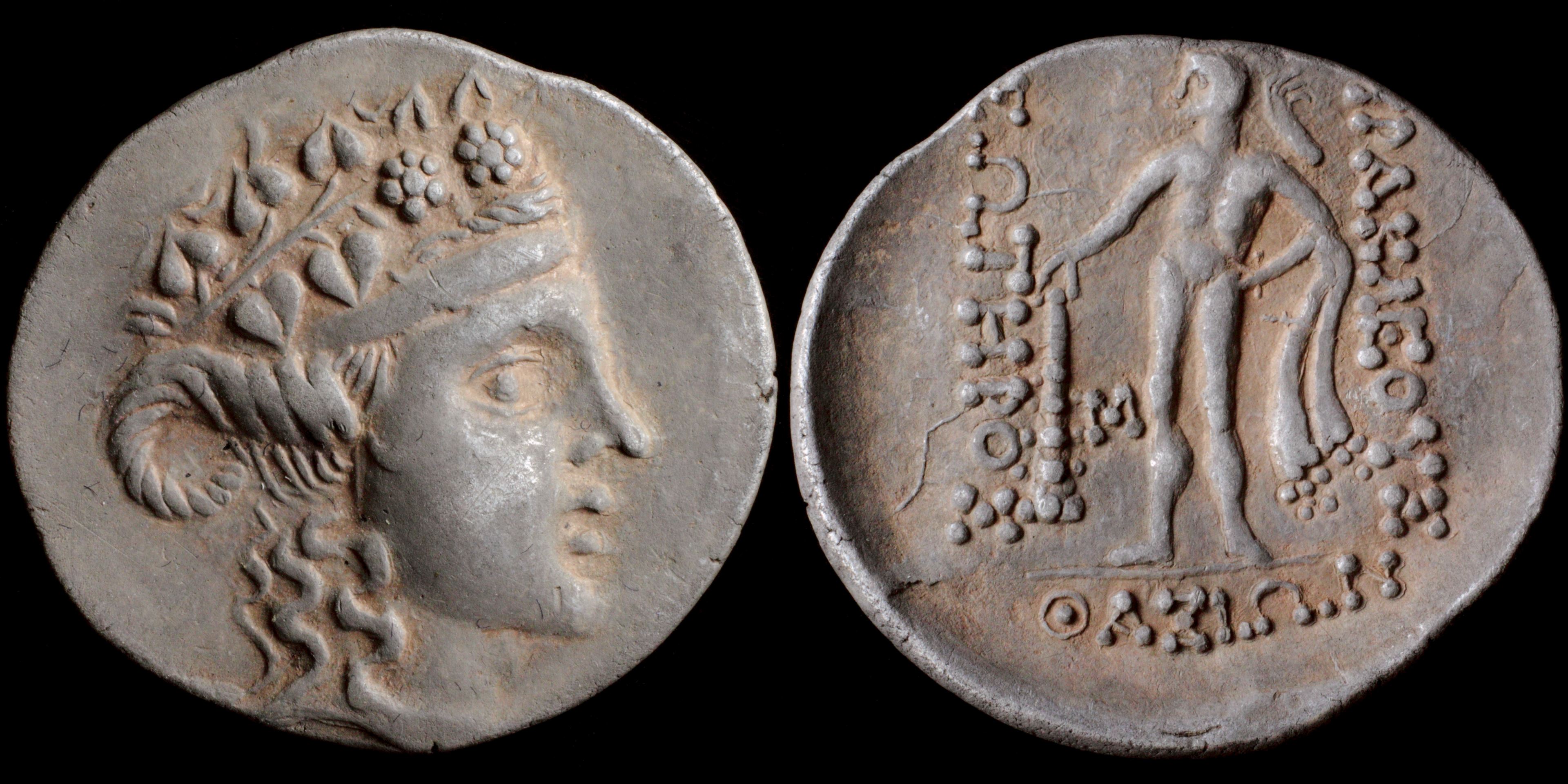
Reverse: nude Heracles left holding club, lion skin over shoulder; HPAKΛEOYΣ / ΣΩTHPOΣ, M / ΘAΣIΩN
Die Orientation: -
Weight: 16.14 g
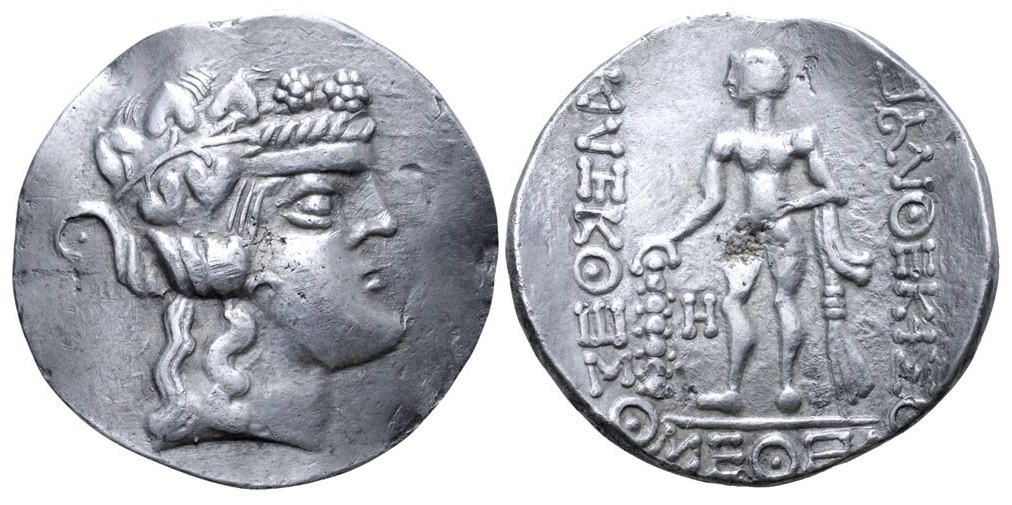
Reverse: Stylized Herakles standing facing, head left, holding club, with lion skin draped over arm; H in inner right field
Die Orientation: 12 H
Weight: 16.07 g
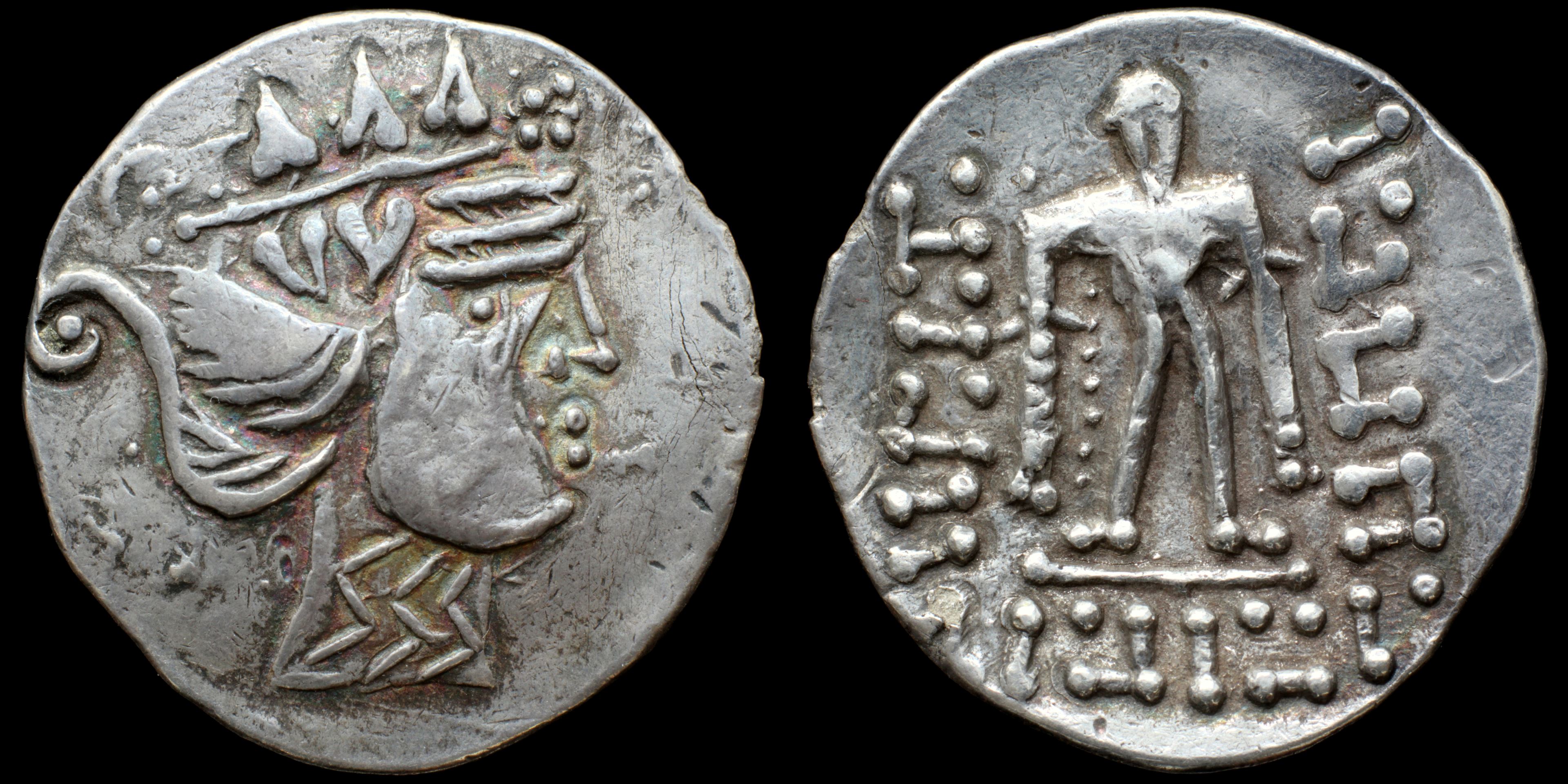
Reverse: nude Heracles facing holding club, lion skin over shoulder illegible lugend (HPAKΛEOYΣ / ΣΩTHPOΣ / ΘAΣIΩN)
Die Orientation: -
Weight: 16.3 g
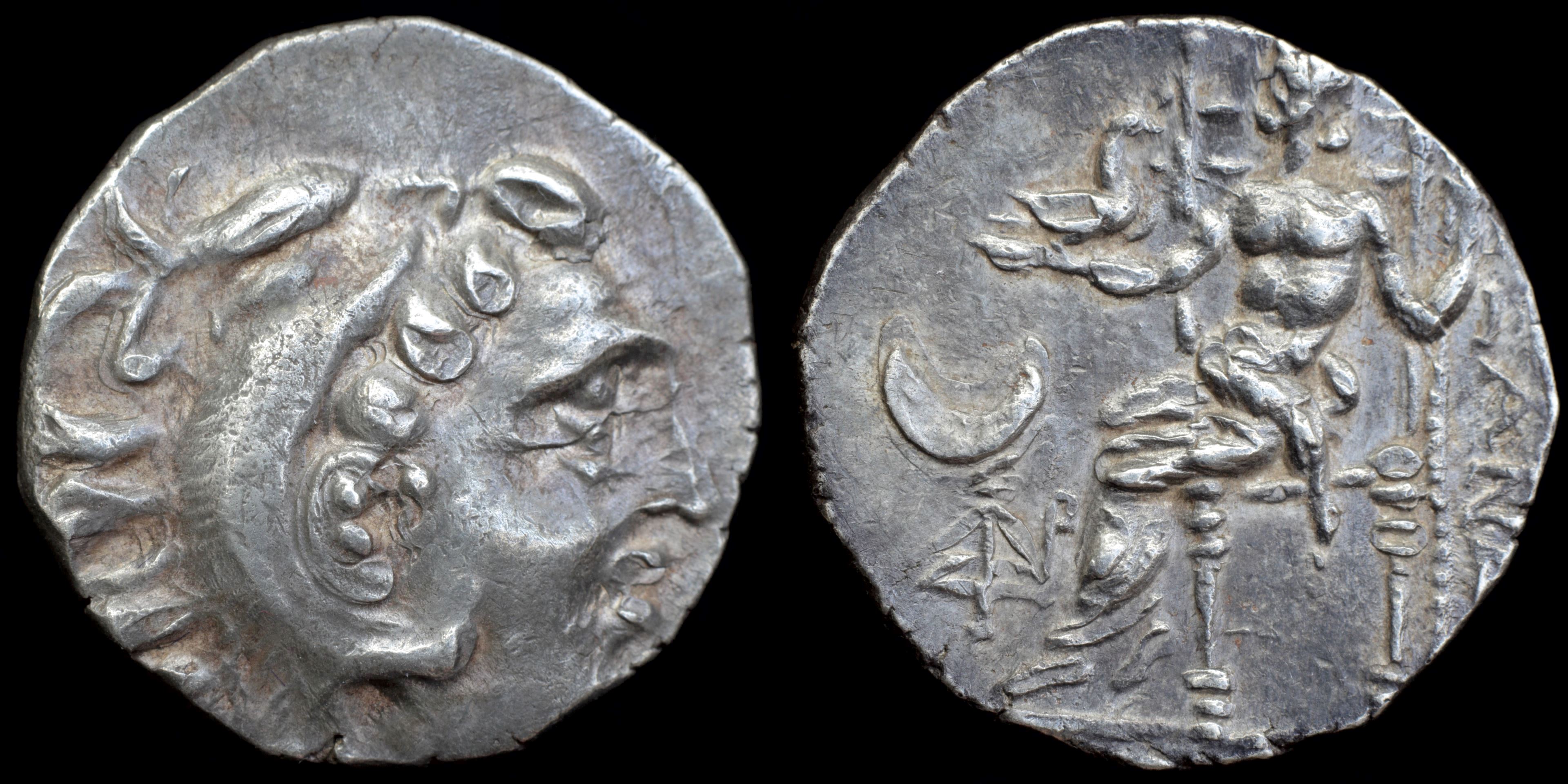
Reverse: Zeus seated left, leaning on scepter, holding eagle (goose)?; crescent left, AΛEΞANΔPOY (ΔIP) ?
Die Orientation: -
Weight: 7.7 g
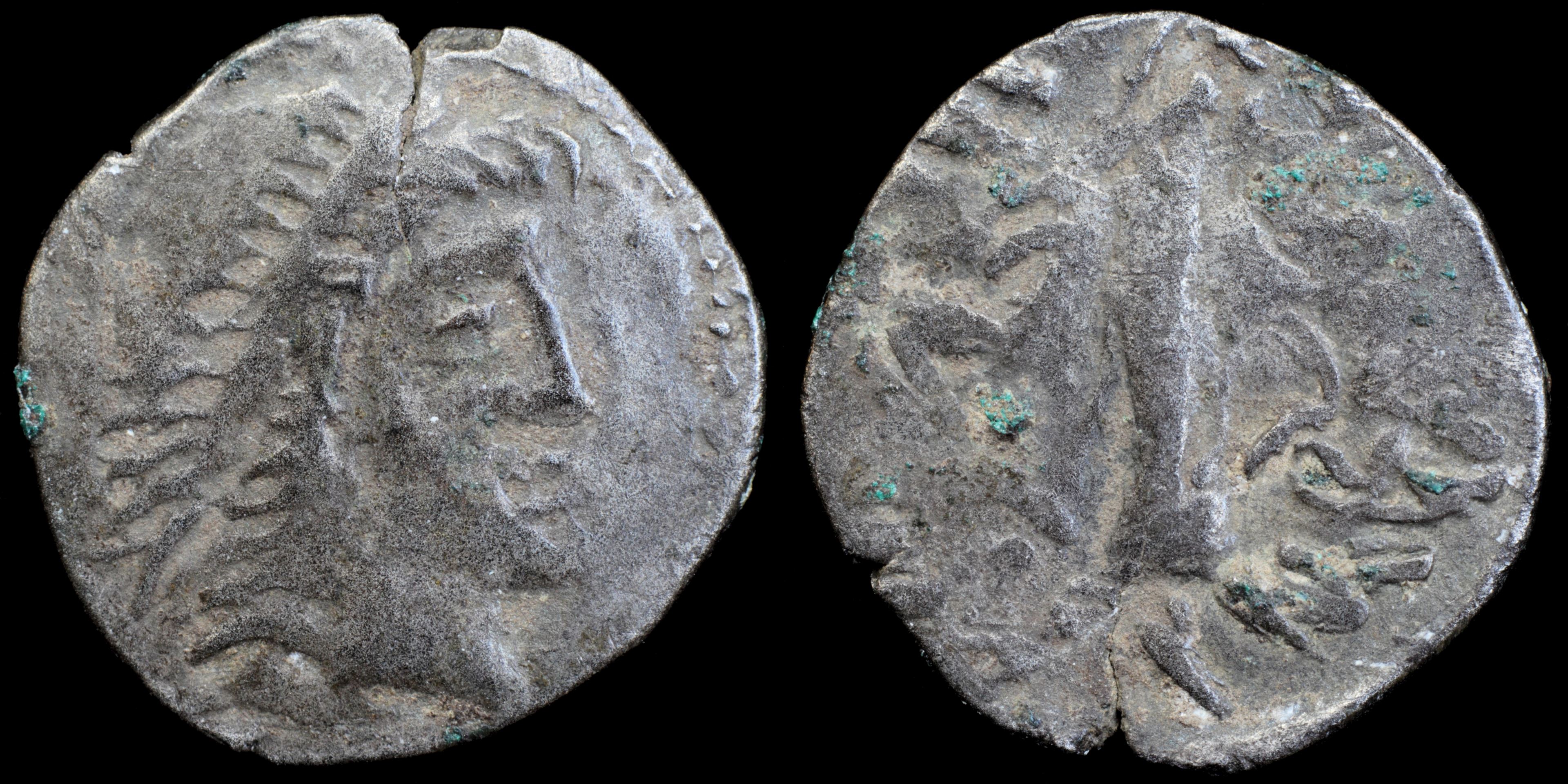
Reverse: cornucopiae IMBA?
Die Orientation: -
Weight: 1.2 g
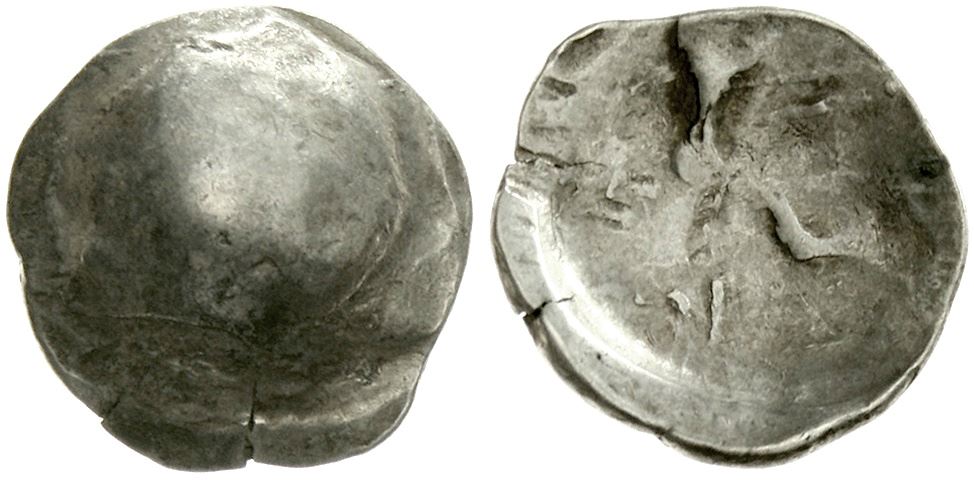
Reverse:
Die Orientation: -
Weight: 15.26 g

Reverse:
Die Orientation: -
Weight: 1.9 g
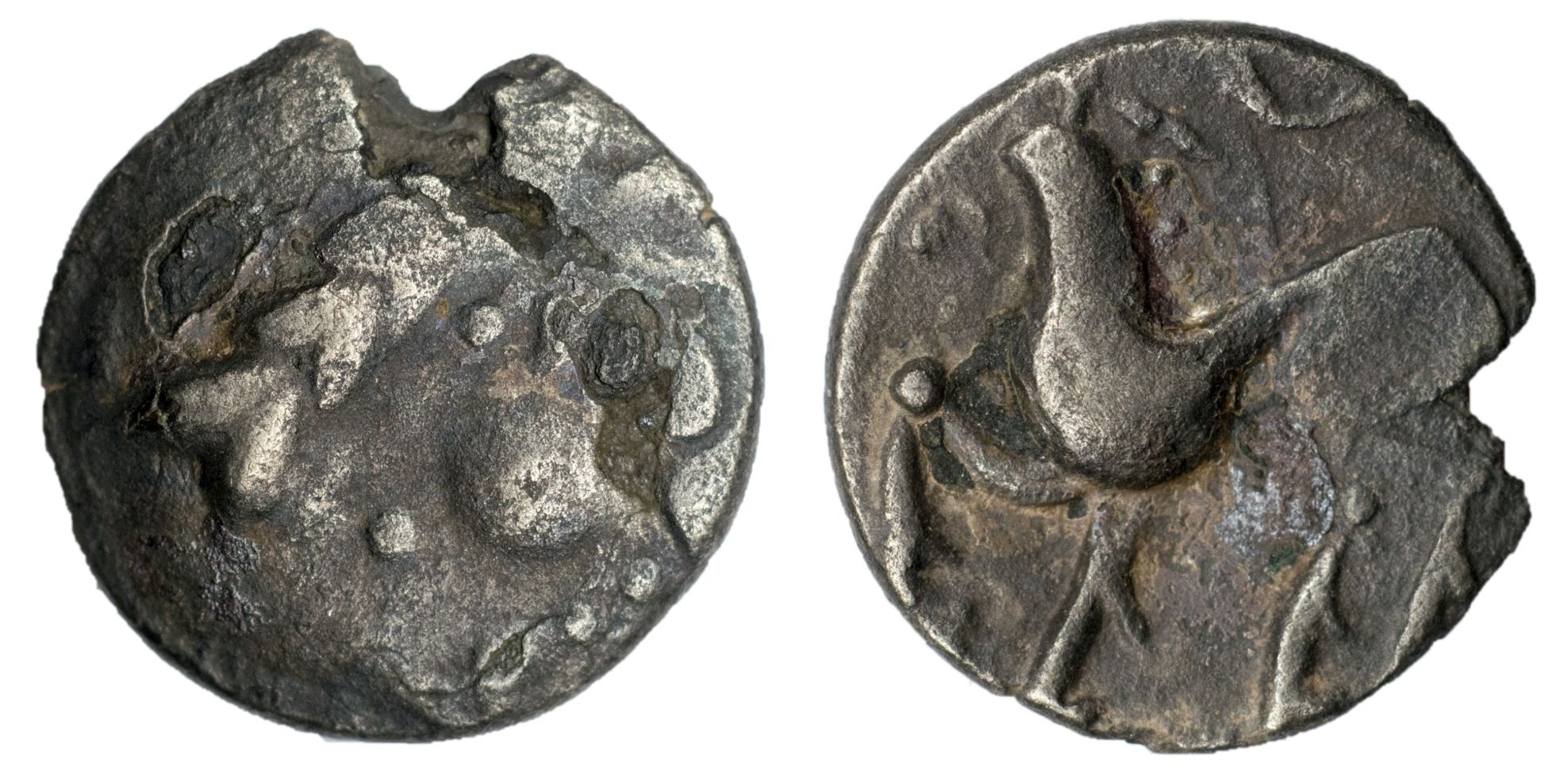
Reverse: Horse to the left, circle above (mostly off flan)
Die Orientation: 0 H
Weight: 1.4 g
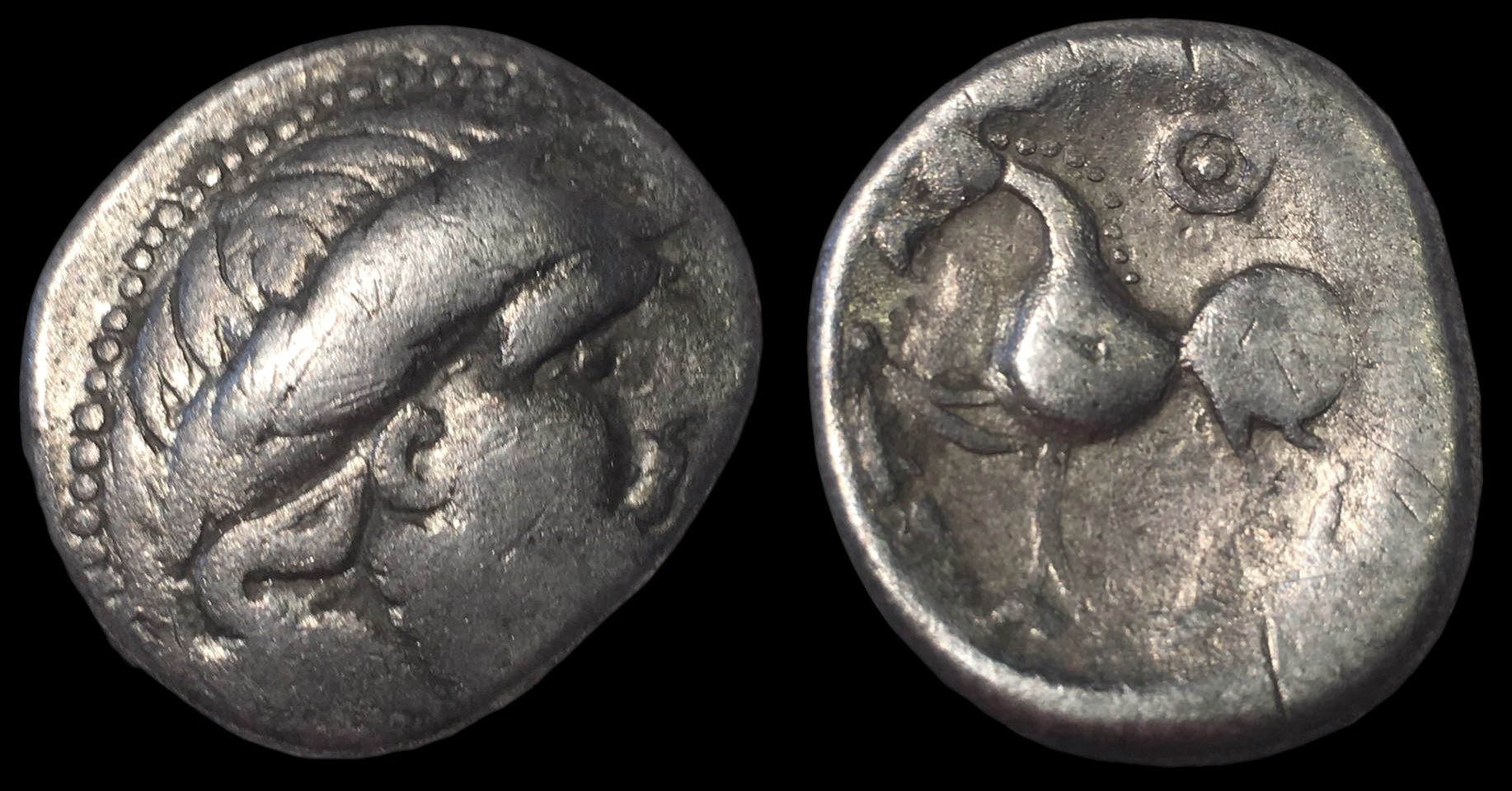
Reverse:
Die Orientation: 0 H
Weight: 0 g
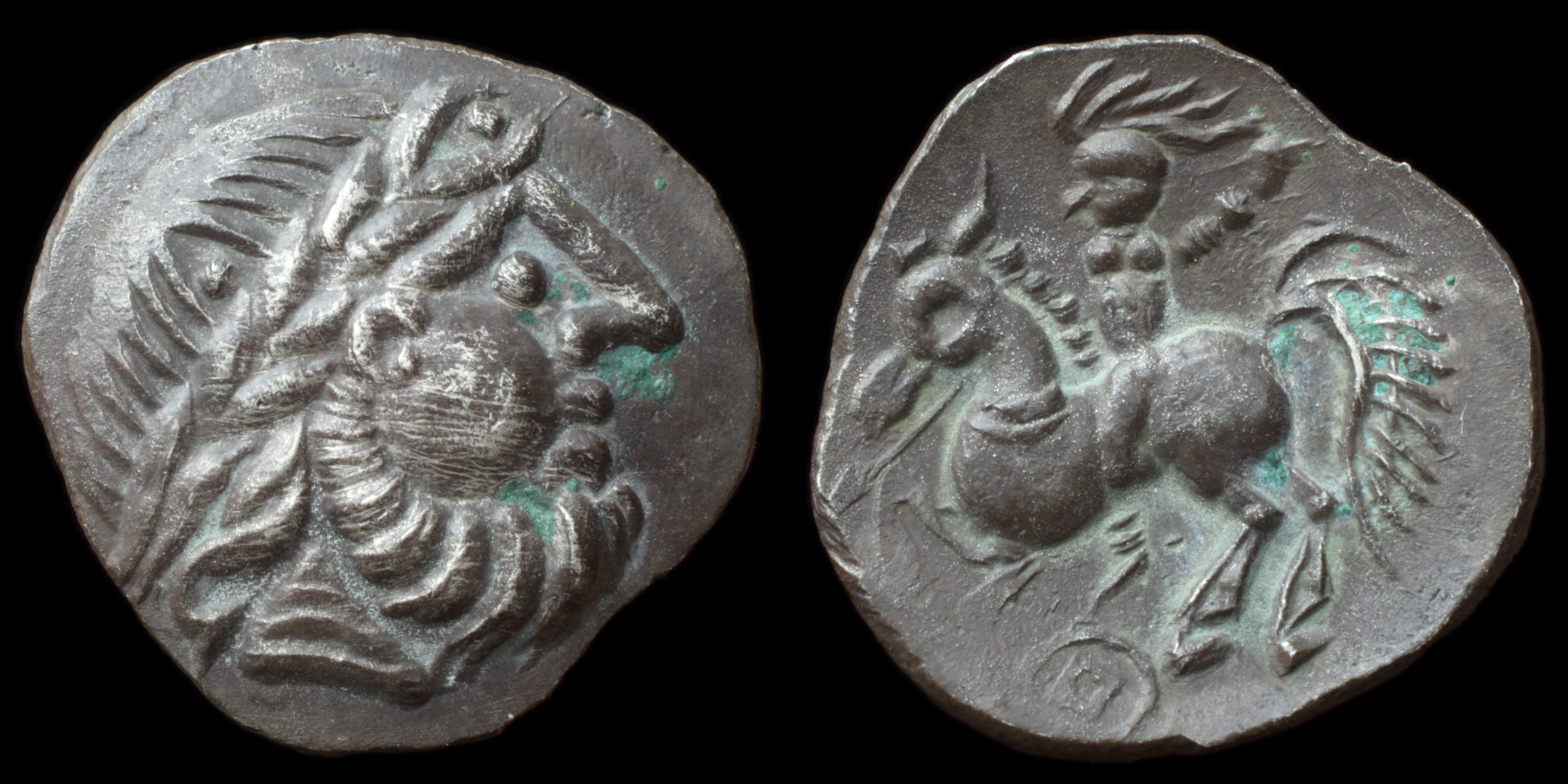
Reverse: horserider left
Die Orientation: -
Weight: 2.5 g
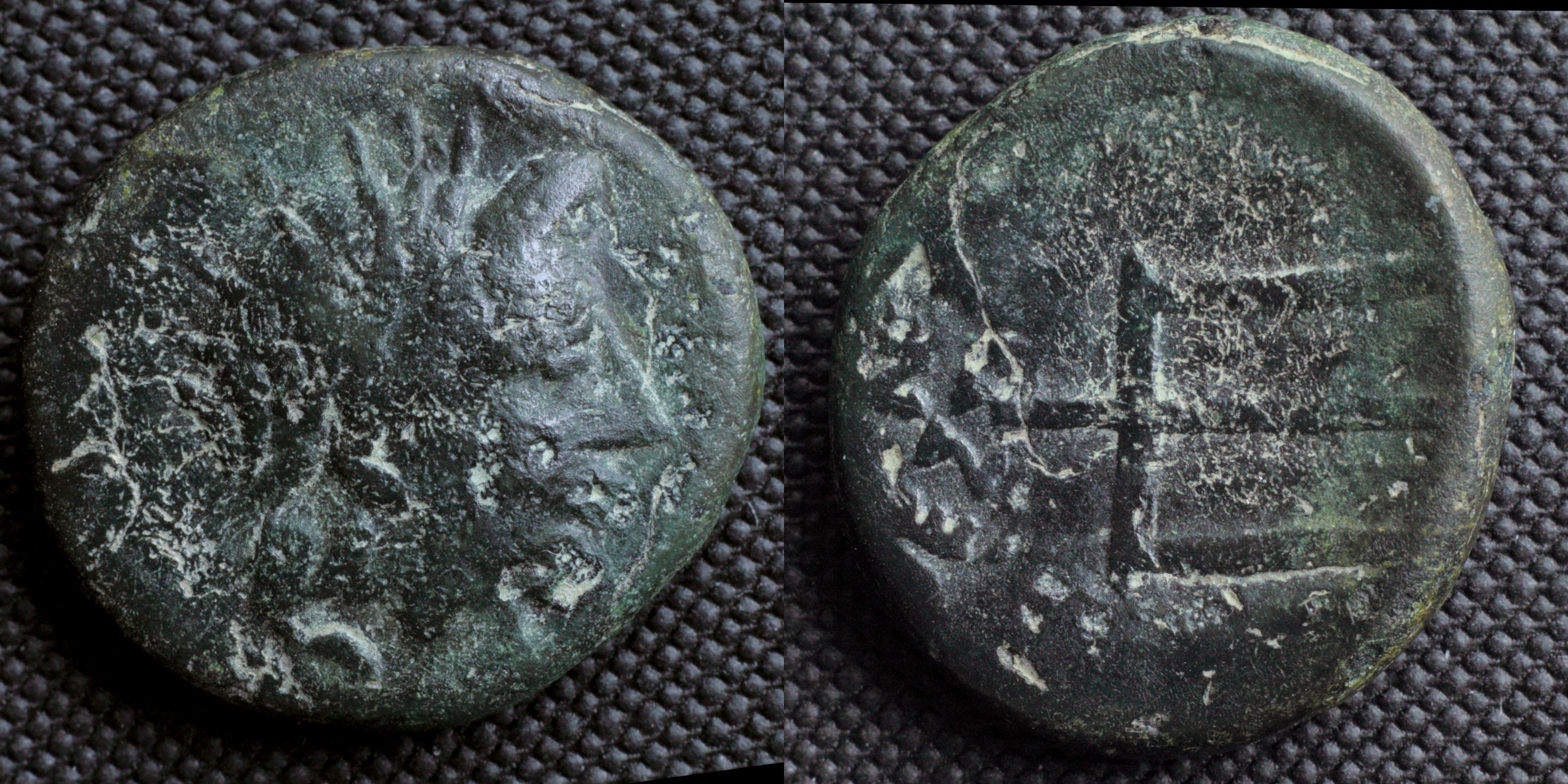
Reverse: Wide trident
Die Orientation: -
Weight: 8.37 g
Celtic imitation of Macedonian issue from 185-168 BC. Overstrike of Thessalonica, 187-31 BC, head of Dionysos with ivy wreath right, goat standing right, ΘEΣΣA_ΛO / N_IK_HΣ, (NE) / ? other monograms, Sear #1466; BMC Macedonia p. 110, 10 - 16. Head of goat and one ivy-leaf under Strymon's head are slightly visible. Imitations from Serdi region weren't used to fool Macedonian traders but as their own currency. This coin is one of overstrikes on official Macedonian coins which prooves this theory.
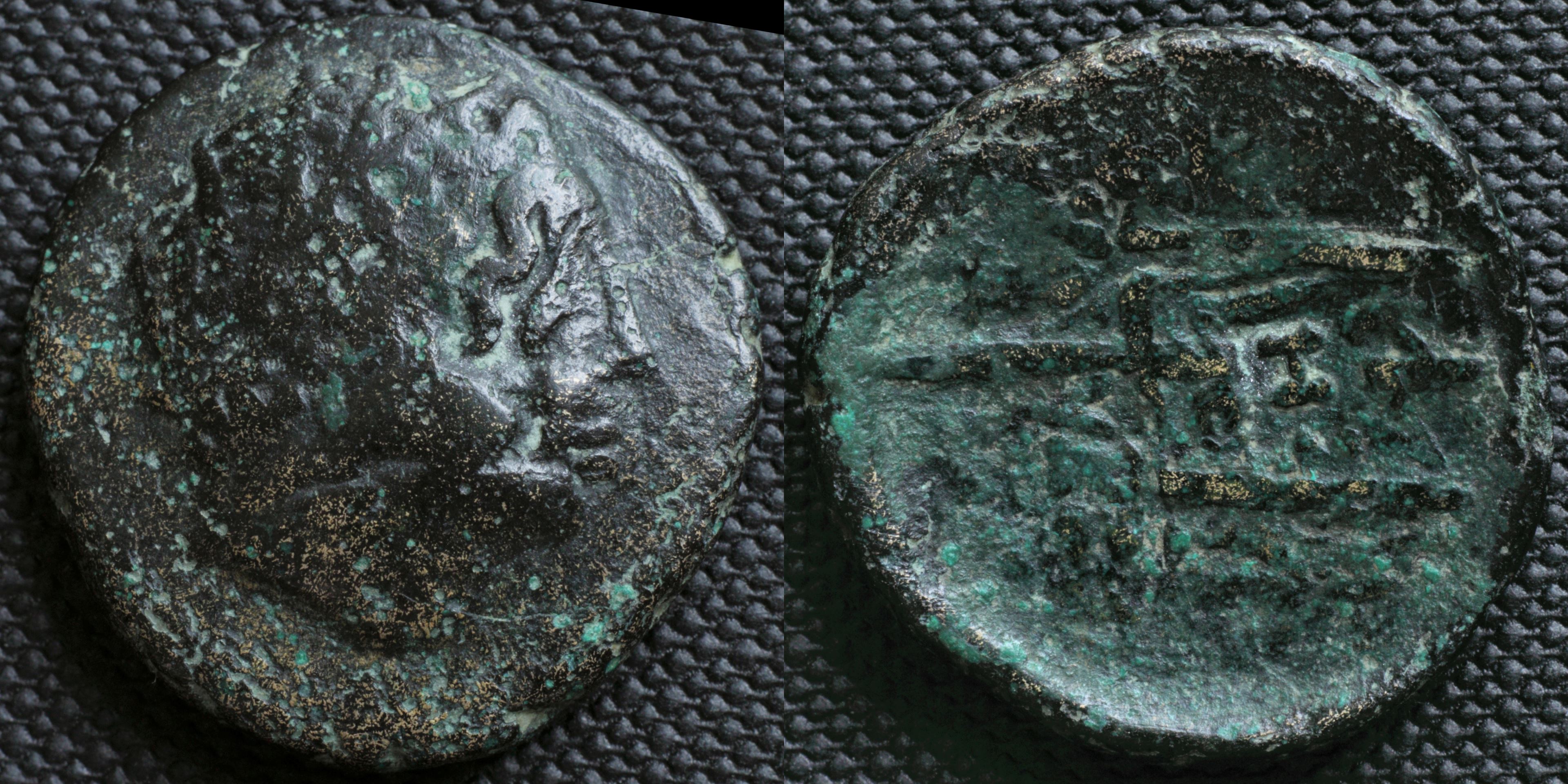
Reverse: Wide trident; MAKE / ?ΔONΩN?
Die Orientation: -
Weight: 6.7 g
Celtic imitation of Macedonian issue from 185-168 BC. Overstrike of Thessalonica, 158-31 BC, head of Dionysos with ivy wreath right, goat standing right, ΘEΣΣA_ΛO / N_IK_HΣ, (NE) / ? other monograms, Sear #1466; BMC Macedonia p. 110, 10 - 16. Wave on Strymon's face is relic of original coin also there is slightly visible inscription (perpendicular to trident). Imitations from Serdi region weren't used to fool Macedonian traders but as their own currency. This coin is one of overstrikes on official Macedonian coins which prooves this theory.
